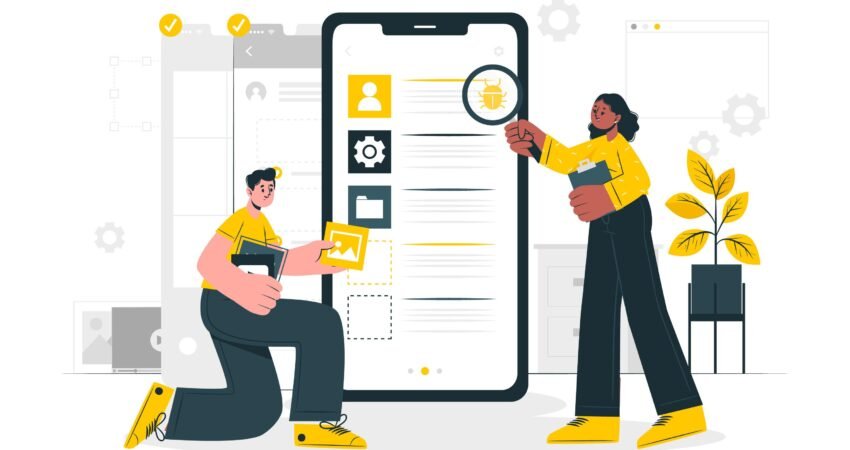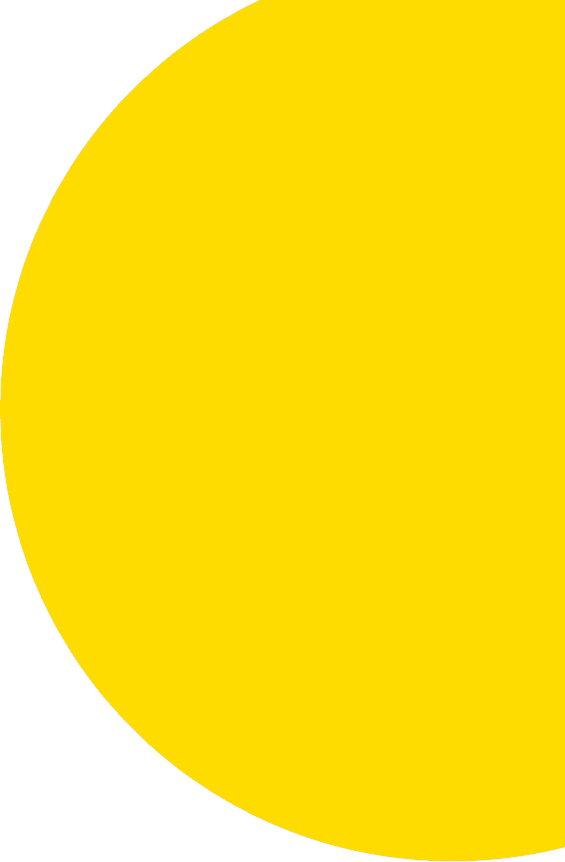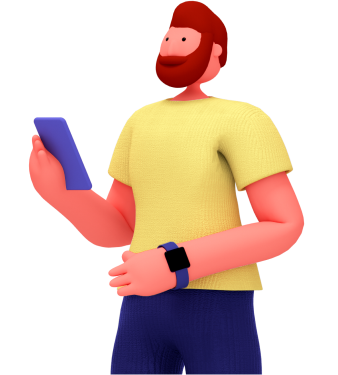
Manmeet Singh
- September 9, 2024
- 5 min read
- Social Media
- Blog
I. Introduction
II. LinkedIn: The Business Hub
III. Facebook: The Versatile Powerhouse
IV. Twitter: The Real-Time Conversation Starter
V. Instagram: The Visual Branding Tool
VI. Choosing the Right Platform
I. Introduction
In today’s fast-paced marketing landscape, social media plays an essential role in shaping B2B strategies. While B2C marketing often focuses on individuals, B2B marketing is about building lasting relationships between businesses, fostering trust, and positioning your brand as a reliable partner. The question that naturally arises is: which social media platform should you focus on to maximize returns? The answer isn’t simple, but here’s a closer look at how different platforms fare in the B2B world.
II. LinkedIn: The Business Hub
LinkedIn is the undisputed heavyweight when it comes to B2B marketing. With a network that’s designed around professionals, this platform connects decision-makers, industry leaders, and businesses looking for meaningful collaborations. Whether you’re looking to generate leads, establish your business as a thought leader, or simply network, LinkedIn has it all. Its sophisticated targeting tools allow businesses to focus on professionals based on industry, job title, and even company size. Plus, features like InMail enable direct conversations with potential clients. But while LinkedIn excels in providing professional networking opportunities, its premium advertising options can be a bit costly. For businesses willing to invest, though, the returns can be well worth it.
III. Facebook: The Versatile Powerhouse
Facebook’s unparalleled reach makes it a strong contender for businesses, including those in the B2B space. Although it’s typically seen as a B2C platform, its advanced advertising tools and massive user base offer opportunities to connect with other businesses. Facebook allows you to engage audiences on a personal level, with a platform that supports various types of content—videos, posts, polls, and more. Groups and community-building features enable deeper conversations with potential clients, making it ideal for brands that want to build relationships beyond formal business talks. That said, Facebook’s consumer-focused nature can sometimes make it harder to cut through the noise, especially in highly professional B2B settings.
IV. Twitter: The Real-Time Conversation Starter
Twitter is a fast-paced, real-time platform where industries converge to discuss trends, share news, and engage in dialogue. For B2B marketers, Twitter offers the opportunity to position themselves as thought leaders by participating in industry discussions, engaging in hashtags, and sharing timely content. The brevity of the platform pushes for clarity in messaging, and while this limits the depth of content, it forces companies to communicate their value concisely. Twitter is a great place for fostering conversations, but maintaining consistent engagement can be resource-intensive for businesses.
V. Instagram: The Visual Branding Tool
Instagram may seem like an odd fit for B2B marketing at first, but its visual storytelling potential shouldn’t be underestimated. More businesses are turning to Instagram to showcase their culture, products, and behind-the-scenes activities, which helps humanize the brand. Through visually appealing posts, Stories, and Reels, B2B companies can build a strong brand presence, engaging with an audience that appreciates creativity. However, while Instagram’s strength lies in visual appeal, its format may not suit businesses that rely on more detailed, data-driven content. It’s best suited for businesses looking to build brand awareness and create an emotional connection with their audience.
VI. Choosing the Right Platform
At the end of the day, the best social media platform for your B2B marketing efforts depends on your specific goals. LinkedIn remains the go-to for professional networking and lead generation, especially if you’re targeting high-level decision-makers. Facebook is an excellent choice for broader engagement and building brand communities. Twitter works best if your strategy revolves around real-time industry conversations, and Instagram is ideal if you’re looking to focus on visual branding.
Each platform brings unique strengths to the table, and by understanding these, you can choose the right mix for your marketing strategy and get the most out of your social media efforts.
The following posts may interest you –
How to Increase Traffic to Your Site Using Social Media: A Comprehensive Guide
FAQs
LinkedIn is designed for professionals, offering tools that connect decision-makers, industry leaders, and businesses, making it ideal for B2B marketing.
Yes, Facebook’s vast user base and advanced advertising tools make it a versatile platform for B2B marketing, allowing businesses to engage with potential clients on a more personal level.
Twitter’s real-time nature allows B2B marketers to engage in industry discussions, share timely content, and position themselves as thought leaders in their field.
LinkedIn is the best platform for lead generation in B2B due to its focus on professional networking and its ability to target high-level decision-makers.
Businesses should choose a platform based on their specific goals—LinkedIn for networking, Facebook for broader engagement, Twitter for industry conversations, and Instagram for visual branding.
















